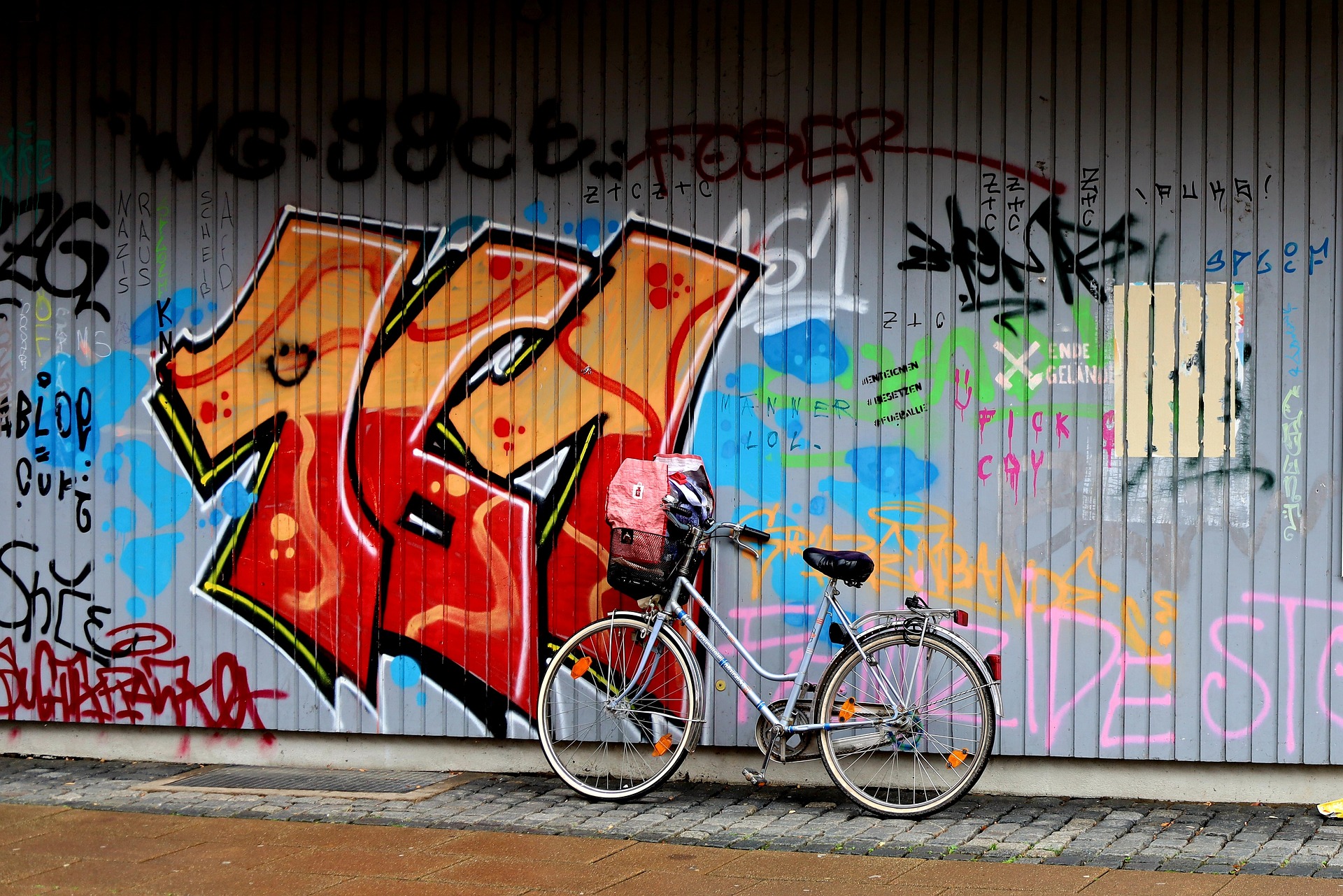Synesthesia in Art: A Sensory Confluence that Shapes Creativity
Delve into the fascinating world of synesthesia in art, a perceptual phenomenon that intertwines the senses. Discover how this multi-sensory melding has inspired artists, shaped masterpieces, and brought a revolutionary perspective to creative expression.
Synesthesia: A Kaleidoscope of Senses
Synesthesia is a neurological condition where the stimulation of one sensory or cognitive pathway leads to involuntary experiences in a second sensory or cognitive pathway. This unusual blending of senses has been a font of inspiration for many artists throughout history, allowing them to create works that offer unique sensory experiences. Famous synesthetes include painter Wassily Kandinsky and composer Olivier Messiaen, whose works are reputed to be deeply influenced by their synesthetic perceptions.
A Historical Perspective
The relationship between synesthesia and art dates back to the late 19th century when the term ‘synesthesia’ was first coined. During this time, the Symbolist movement in art and literature, which aimed to capture the elusive, non-rational aspects of human experience, embraced synesthesia as a mode of expression. The early 20th century saw the rise of abstract art, where synesthetic artists like Kandinsky sought to translate music into visual form.
Synesthesia in Contemporary Art
In recent years, synesthesia has been gaining more recognition in the world of contemporary art. Artists such as Carol Steen and Anne Salz have used their synesthetic perceptions to create multisensory works that challenge the traditional boundaries of artistic expression. The current wave of interest in immersive, experiential art installations also owes a debt to synesthesia, as these spaces often aim to engage multiple senses simultaneously.
The Impact and Reception of Synesthetic Art
Synesthetic art has had a profound impact on our understanding of the arts, revealing the interconnectedness of sensory experiences. Its reception, however, has been mixed. While some laud the unique sensory richness of synesthetic art, others remain skeptical about its authenticity due to the subjective nature of synesthetic experiences. Nonetheless, the influence of synesthesia continues to pervade the arts, challenging traditional notions of perception and creativity.
The Future of Synesthetic Art
With the advent of technology, the potential for synesthetic art has expanded dramatically. Virtual reality and augmented reality technologies offer new platforms for synesthetes to express their unique sensory experiences. These technologies also make it possible for non-synesthetes to experience a taste of synesthesia, opening up new possibilities for empathy and understanding. As we move into the future, synesthesia in art remains a fascinating field, ever-evolving and full of potential.
Conclusion
Synesthesia in art offers a window into a world where senses intermingle, and creativity knows no bounds. As we continue to explore this fascinating phenomenon, we are reminded that art is not just a visual experience, but a multi-sensory journey that can engage, challenge, and inspire us in unique ways.





